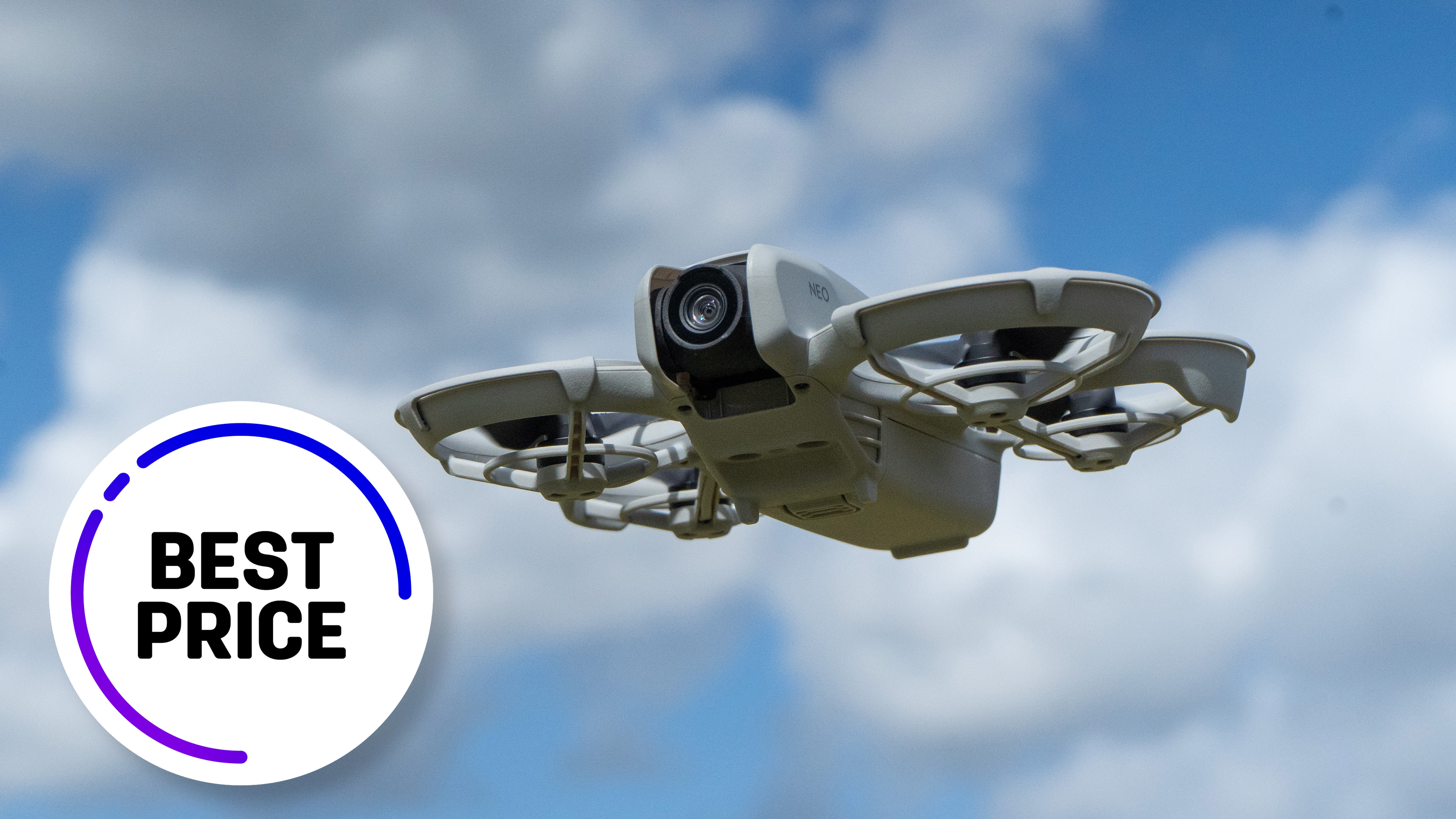Sony A7S III vs A7 III: both cameras shoot stills and video, so which one is best?
The Sony A7S III and A7 III both have a great collection of features, but they are designed for two different types of user
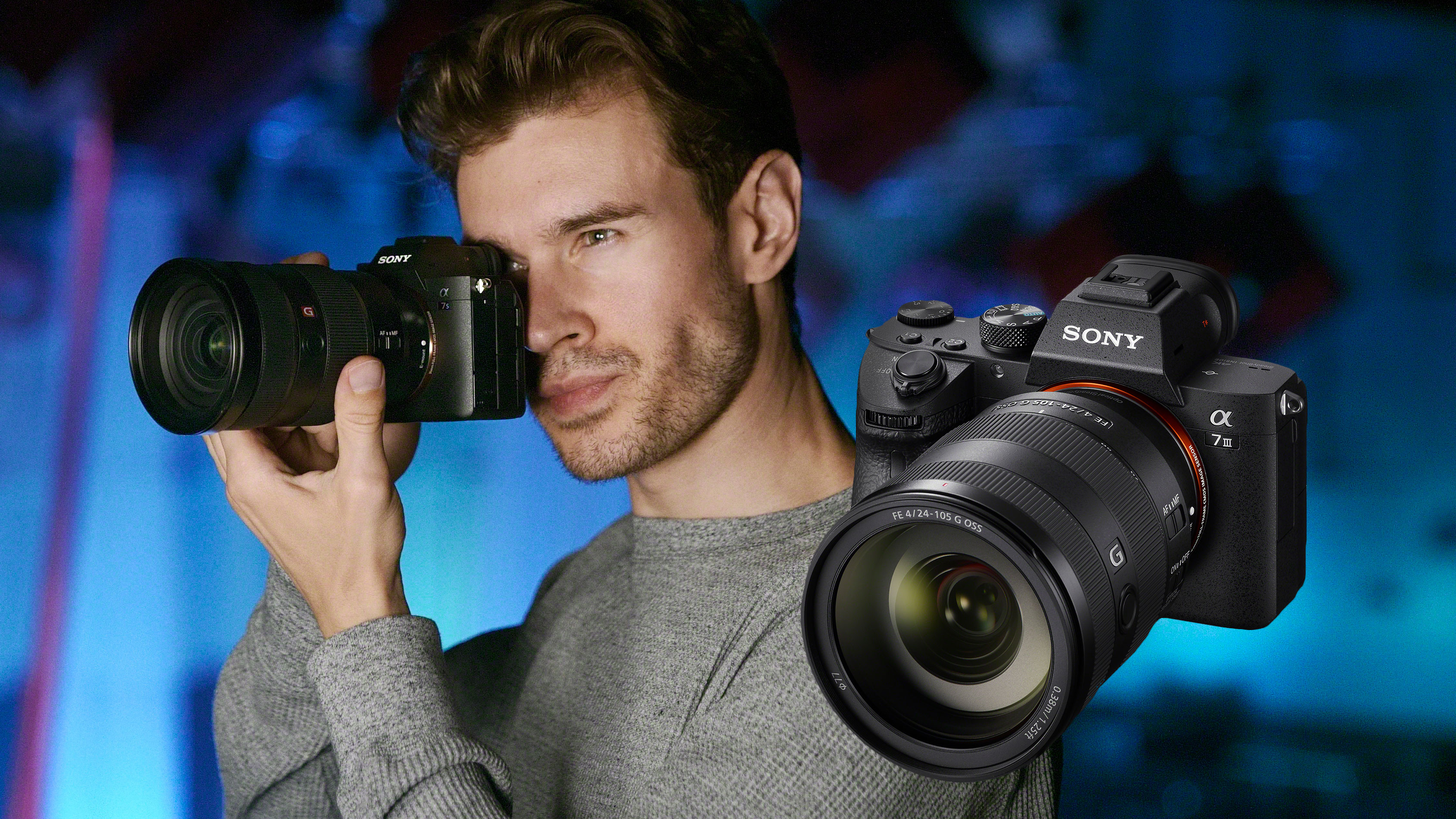
Has there ever been a camera so eagerly anticipated as the Sony A7S III? Sony kept us waiting a long time for it as the A7S II was almost six years old by the time the A7S III was announced.
Thankfully, the wait was well worthwhile as it’s a great camera and has sold very well. However, the A7 III is also very capable, much more affordable and has also proved very popular. So what are the key differences and which should you go for? Read on to find out.
1. Sensor
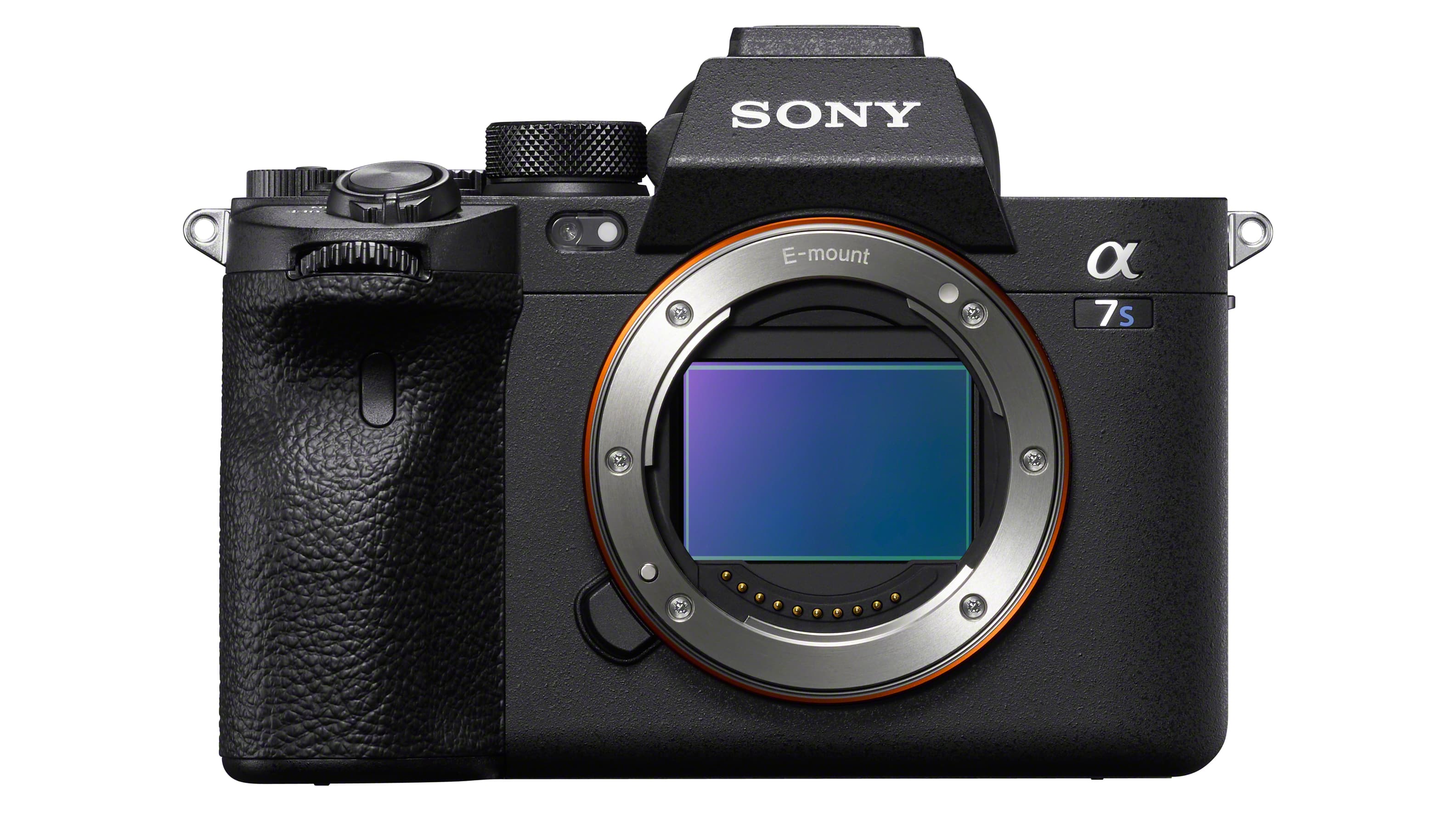
• Sony A7S III: 12.1Mp full-frame BSI Exmor R CMOS
• Sony A7 III: 24.2Mp full-frame BSI Exmor R CMOS
The two cameras share the same sensor technology but there are half the number of pixels on the A7S III’s sensor that are on the A7 III’s. That means that the A7S III’s pixels are significantly bigger than those on the A7 III’s sensor and as a consequence each one generates a stronger image signal that requires less gain. Less gain means less noise, making the A7S III the better choice in low light conditions.
Consequently, the A7S III has a native sensitivity range of ISO 80-102,400 (expandable to ISO 40- 409,600) while the A7 III’s range is ISO 100-51,200 (expandable to ISO 50-204,800).
However, the cost of the larger pixels is, of course, smaller images. If you were to print an image from the A7S III at 300ppi, for example, you’d get a picture that measures just under 36 x 24cm or 14.13 x 9.44 inches. A print made from an A7 III image, however, would measure around 51 x 34cm or 20 x 13.3 inches.
The fact is, the A7S III is designed primarily for video with stills as a secondary consideration, whereas with the A7 III it's the other way around.
2. Video capability
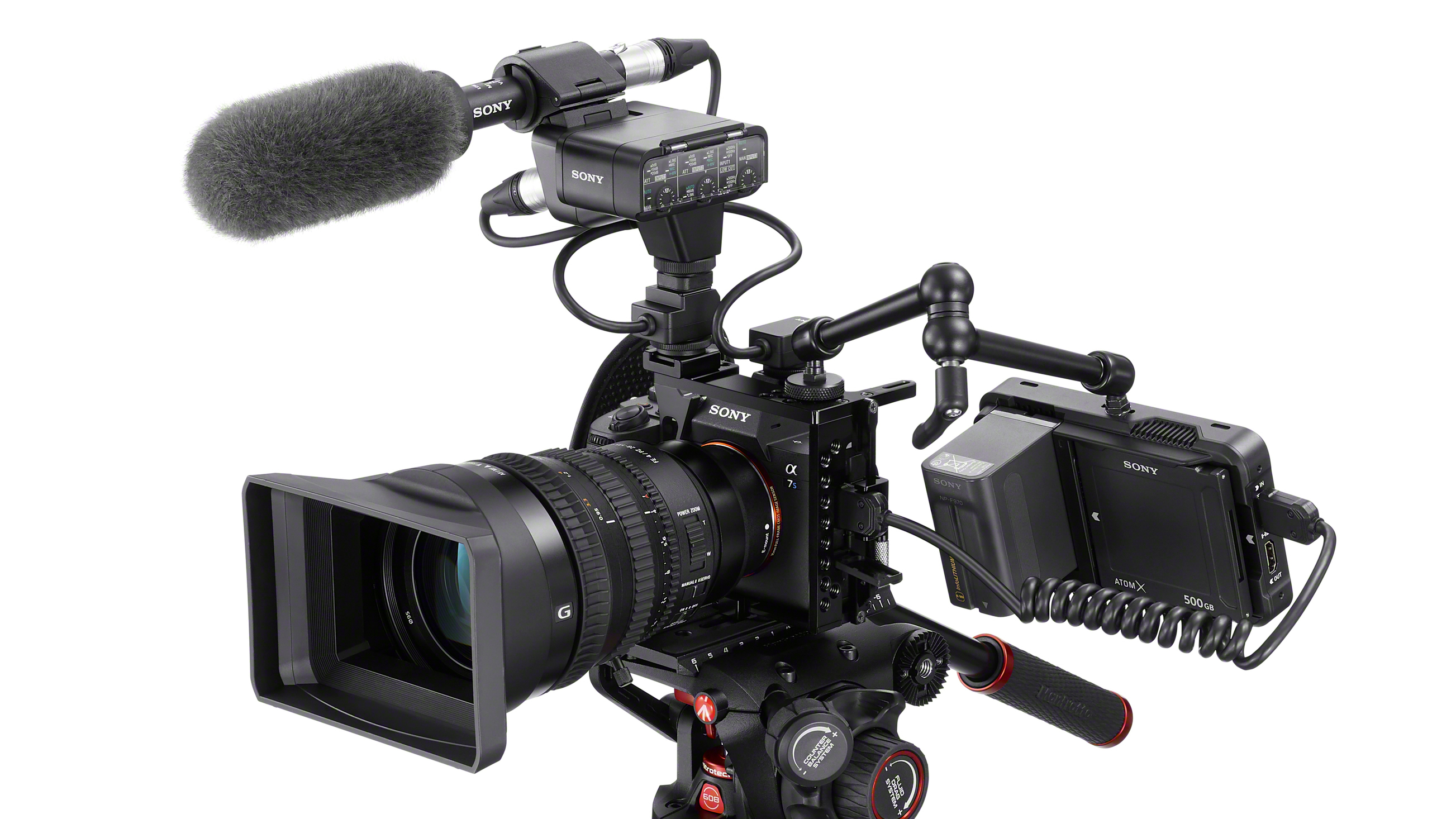
• Sony A7S III: 4K up to 60p with no crop, 120p with 1.1x crop
• Sony A7 III: 4K up to 30p with no crop
While the A7 III is capable of recording very good video, the A7S III really excels. Recording internally, for example, there’s 4:2:2 10-bit recording at a bitrate of up to 600Mbps while the A7 III is limited to 4:2:0 8-bit. Switch to external recording to an Atomos Ninja V and the A7S III offers 4:2:2 10-bit or 16-bit raw recording at up to 60p but the A7 III is throttled at 4:2:2 8-bit with no raw video capability.
Where the A7 III is much better as a stills camera, for professional film-making it's not in the same league as the A7S III.
3. Autofocus system
• Sony A7S III: 759 phase detection points and 425 contrast detection points
• Sony A7 III: 693 phase detection points and 425 contrast detection points
There’s not a great of difference in the number of AF points but the combination of a newer processing engine, larger pixels and more recent AF algorithms helps the A7S III to have better low-light sensitivity, down to -6EV rather than -3EV.
In addition, while both camera have Eye AF that can be set to detect human or animal eyes when shooting stills, only the A7S III has Eye AF in video mode – though it’s limited to humans.
4. Screen

• Sony A7S III: 3-inch 1,440,000-dot vari-angle touchscreen
• Sony A7 III: 3-inch 921,600-dot tilting touchscreen
As well as making a significant step up in resolution, the A7S III’s screen is mounted on a vari-angle hinge which means it can be flipped out to the side of the camera and angled to give a clear view from above or below head height in landscape or portrait orientation.
Although both cameras have a touchscreen, the A7 III doesn’t allow much use to be made of it, in fact you can only set the AF point and zoom into images to check sharpness. It’s a different story with the A7S III as you can navigate the new style menu and make setting selections with taps on the screen. It makes the camera quicker and easier to use.
5. Viewfinder
• Sony A7S III: 0.64-inch OLED with 9,437,184-dot
• Sony A7 III: 0.5-inch OLED with 2,359,296 dots
Amazingly, the A7S III has a higher-resolution viewfinder than the 61Mp Sony A7R IV, which seems a little odd when you consider that it can capture less detail. However, it’s a nice problem to have and it provides a superb view of the scene.
In comparison, the smaller, lower resolution viewfinder of the A7 III seems a little lackluster but it’s actually perfectly adequate. You may notice a few ‘jaggies’ around some edges, but generally it provides a clear enough image.
6. Card slots
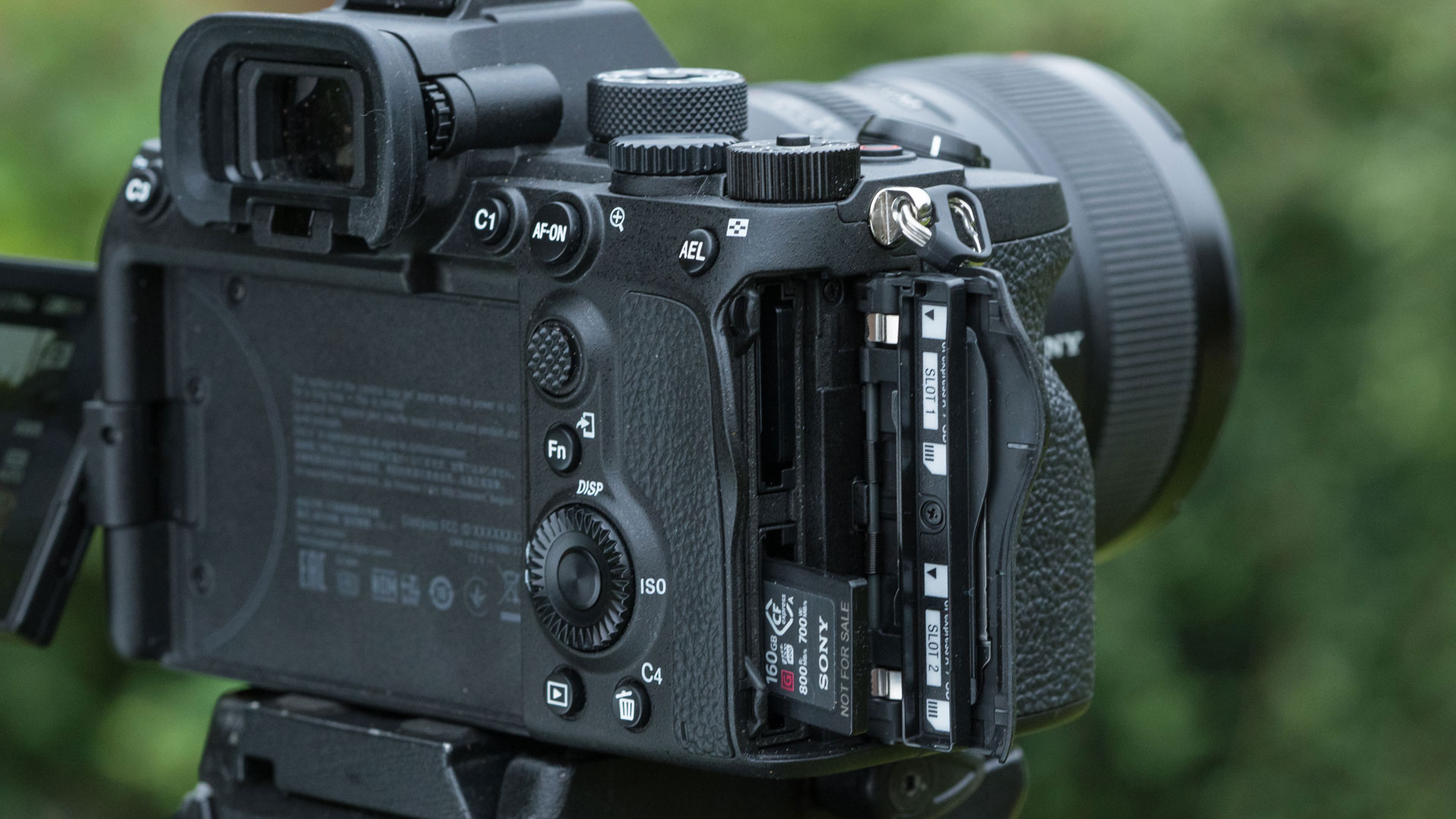
• Sony A7S III: Dual SD/SDHC/SDXC UHS-II and CFexpress Type A
• Sony A7 III: Dual Slot, Slot 1: SD/SDH/SDXC UHS-II, Slot 2: Multi slot for Memory Stick Duo/SD/SDH/SDXC UHS-I
Both cameras have dual card slots, which is handy, but only one of the A7 III’s slots is compatible with UHS-II media – that’s required to get the best burst depths and 4K video capability. Both slots in the A7S III are compatible with UHS-II SD-type media and they can also accept the new CFexpress Type A cards. However, CFexpress Type A cards are only required for shooting in the more advanced XAVC S-I 4K at 120p or XAVC S-I HD at 200/240p in S&Q mode, so if you’re not into creating slow-motion video, you can stick with fast SD cards.
Sony A7S III vs A7 III: Conclusions
While the comparatively low resolution of the A7S III may suit photographers who regularly shoot in low light and only require smallish images, for example, wedding photographers show want to shoot inside a church and capture images for an album, most stills photographers are likely to be happier with the larger files from the A7 III.
Where the A7S III excels, however, is with video. It’s specifically designed with videographers in mind and has a wealth of options to help them get the footage they want in a wide range of situations.
How we test cameras
Why you can trust Digital Camera World
We test mirrorless and DSLR cameras both in real-world shooting scenarios and in carefully controlled lab conditions. Our lab tests measure resolution, dynamic range and signal to noise ratio. Resolution is measured using ISO resolution charts, dynamic range is measured using DxO Analyzer test equipment and DxO Analyzer is also used for noise analysis across the camera's ISO range. We use these real-world testing and lab results to inform our comments in buying guides. For compact cameras and phones, we judge on real world handling and photographic results alone.
Get the Digital Camera World Newsletter
The best camera deals, reviews, product advice, and unmissable photography news, direct to your inbox!
Angela has been testing camera gear from all the major manufacturers since January 2004 and has been Amateur Photographer’s Technical Editor and Head of Testing for Future Publishing’s photography portfolio (Digital Camera Magazine, PhotoPlus: The Canon Magazine, N-Photo, Practical Photoshop, Photography Week and Professional Photography magazines, as well as the Digital Camera World and TechRadar websites). She is the founder of SheClicks - a community group that encourages and supports female photographers.

